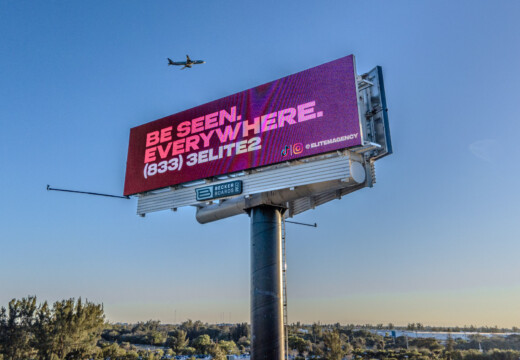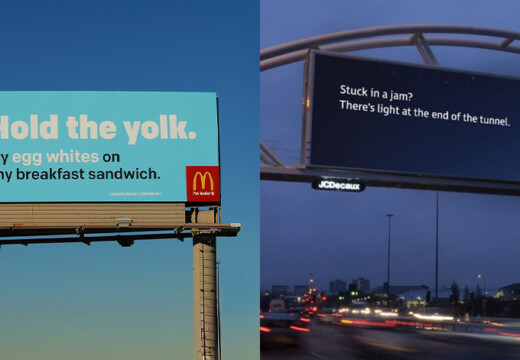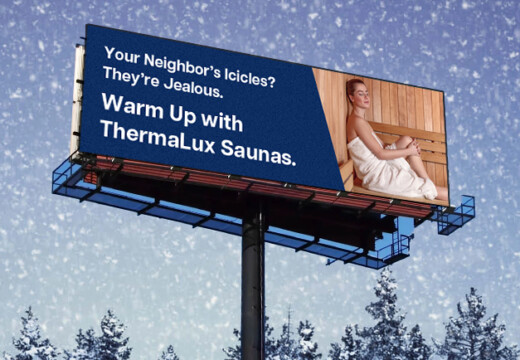Billboards are everywhere, but not everything can go on them. Here’s what you need to know about prohibited billboard content:
- Why It Matters: Billboards are public, unavoidable, and visible to all – including kids. Rules ensure safety, truth in ads, and respect for community values.
- What’s Not Allowed:
- Adult material
- Profanity and offensive language
- Discriminatory messages
- Misleading claims
- Restricted products
- How It’s Enforced: Ads go through a two-step review process:
- Initial Review: Checks for banned content within 90 minutes.
- Owner Approval: Final review by billboard owners (1–3 business days).
To stay compliant, advertisers should follow state laws, avoid restricted content, and align ads with public safety and community standards.
What Limits Are Placed On Tobacco Advertising …
Prohibited Billboard Content Categories
Billboard regulations differ across states, with each state adding its own rules to federal guidelines regarding content and placement. To ensure compliance, check your state’s transportation department regulations or consult the Outdoor Advertising Association of America.
Here’s a closer look at key categories of prohibited billboard content, beginning with adult material and offensive language.
sbb-itb-2e2e93f
Reasons for Content Rules
Billboard content regulations exist to safeguard public interests while ensuring advertising remains effective. Here’s why these rules matter.
Public Safety Standards
Large-scale displays can divert drivers’ attention and expose the public to unsuitable content. That’s why public safety is a cornerstone of billboard regulations.
"Billboards are one of the most impactful ways to advertise… It’s big and bold and out there in public." – Ray Bowens
Consumer Protection
These rules prohibit misleading claims and deceptive practices, helping maintain trust in advertisements and protecting viewers from scams.
Community Standards
By aligning ads with local values and respecting cultural norms, community standards ensure that public decency is upheld.
These principles set the stage for the two-step ad review process discussed next.
Content Review Process
Blip ensures every ad meets its standards and guidelines before going live. Here’s how the process works.
Ad Review Steps
Blip’s review process is designed to maintain public safety and build consumer trust:
-
Initial Review
Submitted ads are screened within 90 minutes. This step checks for prohibited content such as adult material, profanity, discriminatory language, deceptive claims, and restricted products. -
Billboard Owner Approval
After passing the initial review, billboard owners conduct a final approval. This step typically takes 1–3 business days.
Content Guidelines
Advertisers should review Blip’s design guidelines (blipbillboards.com/billboard-design-guidelines) before submitting their ads. Ads must align with standards for public safety, consumer protection, and community values. Prohibited content includes adult material, profanity, discriminatory messaging, deceptive claims, and restricted products.
This process ensures ads are compliant and ready to make an impact.
Summary
Following guidelines on prohibited content – like adult material, discriminatory messages, false claims, and restricted products – helps ensure public safety, uphold community standards, and maintain consumer trust. Blip uses a two-step review process (a 90-minute initial check followed by 1–3 days for owner approval) to make compliance straightforward. Successful billboard campaigns align with state laws, truthful messaging, and local values.


